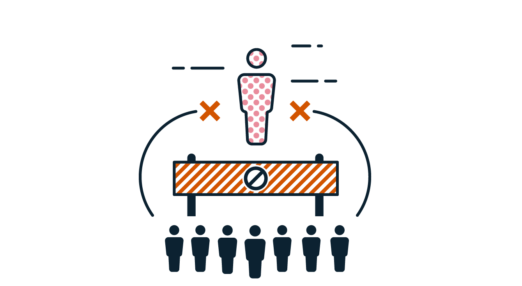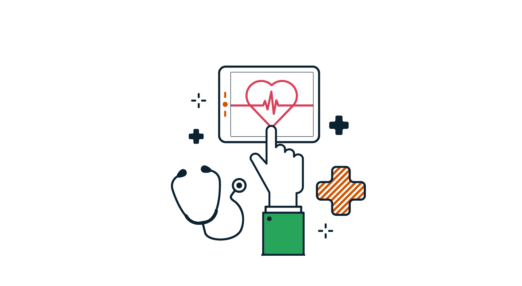The real digital divide?
'The real digital divide?' report breaks down the demographics of people who are not gaining full benefit from the internet.
Key findings

90% of non-users can be classed as disadvantaged

47.7% of non-users have a disability or long standing health issue

78.3% of non-users left education at aged 16 or under
For people to thrive in today’s increasingly digital world, using the internet on a regular basis and using the breadth of what’s on offer is vital. This might be to keep an eye on your bank balance, check on the price of your utilities, or to find work.
We know basic digital skills is a big issue (18% of people say they aren’t online as they don’t have the skills), but it’s not the only measure of whether people are digitally excluded. Looking at usage helps us to show that digital exclusion is a much more complex issue.
Most people in work are using the internet on a daily basis. If people aren’t using the internet weekly, they’re likely to be excluded in a range of ways – including having less money available, fewer opportunities to find work, and less access to information that might make their lives better – such as health information, information to help their children with their homework, and more.
So the way people are using the internet – how much and how often – is vital to understand whether they’re really getting the benefit they could be.
"I’m thrilled that this new analysis is helping to build a fuller picture of what it means to be
digitally excluded."
The real digital divide infographic provides the headline stats from the recent report – ‘The real digital divide? Understanding the demographics of non-users and limited users of the Internet: an analysis of Ofcom data’.
